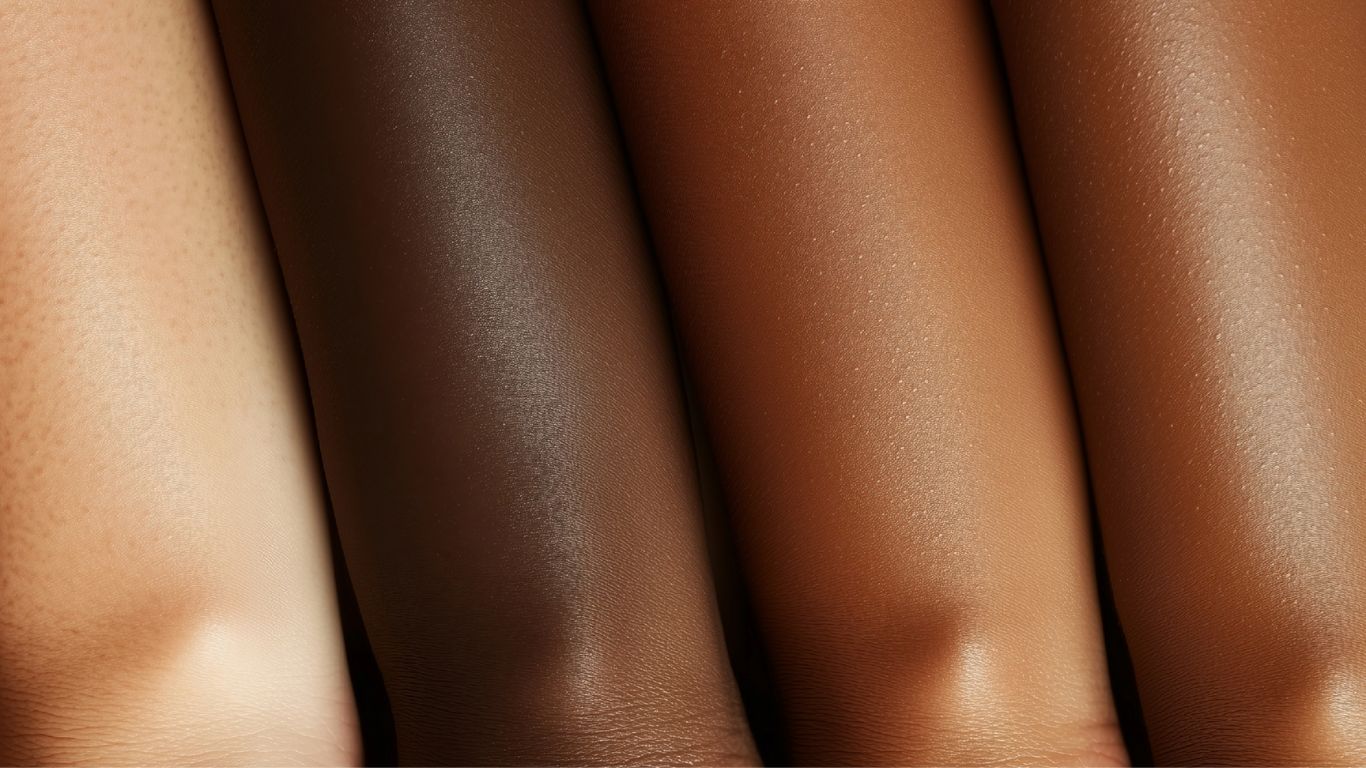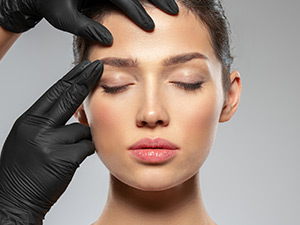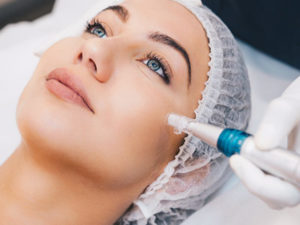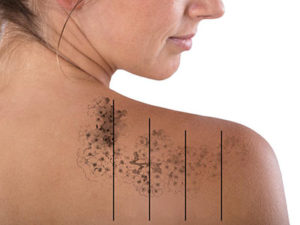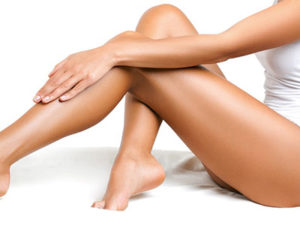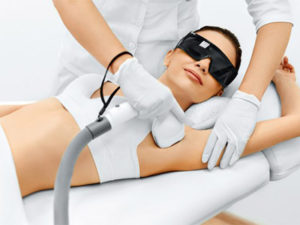What Is the Fitzpatrick Scale & Why It Matters for Skin Treatments?
Understanding your skin type is one of the most important steps when it comes to choosing the right skincare products and treatments. That’s where the Fitzpatrick Skin Type Scale comes in. This dermatologist-developed tool helps determine how your skin reacts to sun exposure — and it plays a major role in guiding safe and effective skin treatments.
In this blog, we break down what the Fitzpatrick Scale is, why it matters, and how you can use it to make more informed skincare decisions.
What Is the Fitzpatrick Scale?
The Fitzpatrick Scale is a classification system developed by Dr. Thomas Fitzpatrick in 1975. It categorises skin types based on how they respond to UV light, especially in terms of burning and tanning. This six-point scale is still widely used today by skin professionals to help determine treatment suitability and predict skin responses.
A 2020 review highlighted the Fitzpatrick Scale’s continued relevance in aesthetic treatments and its role in guiding laser and light-based procedures safely. It categorises skin types based on how they respond to UV light, especially in terms of burning and tanning. This six-point scale is still widely used today by skin professionals to help determine treatment suitability and predict skin responses.
Overview of the Fitzpatrick Skin Type Chart
Here’s a brief look at the six Fitzpatrick skin types:
- Type I: Very fair skin, always burns, never tans. Often with red or blonde hair and light eyes.
- Type II: Fair skin, usually burns, tans minimally.
- Type III: Medium to olive skin, sometimes burns, gradually tans.
- Type IV: Light brown or Mediterranean skin, rarely burns, tans easily.
- Type V: Brown skin, very rarely burns, tans well.
- Type VI: Deeply pigmented dark brown to black skin, never burns.
Each type is unique in how it handles sun exposure, and this influences how it reacts to treatments such as laser, peels, and microneedling.

Why the Fitzpatrick Scale Matters for Skin Treatments
Knowing your Fitzpatrick skin type helps skin professionals personalise your treatment plan. Here’s why it matters:
- Laser Safety: Some lasers are more suitable for lighter skin tones, while others are safer for darker complexions. Choosing the wrong device can risk pigmentation issues.
- Treatment Customisation: The intensity, frequency, and type of treatment (like chemical peels or LED therapy) are often adjusted depending on your Fitzpatrick type.
- Pigmentation Risk: Darker skin types (Fitzpatrick IV-VI) have a higher risk of post-inflammatory hyperpigmentation (PIH), especially with aggressive treatments.
- Sun Sensitivity Awareness: Lighter skin types (Fitzpatrick I-II) need more aggressive sun protection strategies due to a higher tendency to burn.
Understanding your skin’s response profile ensures you get treatments that are both safe and effective.
How to Determine Your Fitzpatrick Skin Type
Your Fitzpatrick type is typically assessed through a professional consultation, but you can get a general idea by answering a few questions:
- What is your natural skin colour?
- Do you have freckles?
- How does your skin react to sun exposure?
- Do you tan or burn easily?
- What is your eye and hair colour?
Our experienced therapists at Evolution Laser Clinic can help determine your Fitzpatrick skin type during your initial consultation and guide you through the best treatment options.
Common Treatments and Considerations by Skin Type
Here are some general treatment considerations based on skin type:
Type I-II:
- Safe for most treatments including IPL, laser hair removal, and skin needling.
- High sensitivity to UV light → daily SPF essential.
Type III-IV:
- Suitable for many treatments but may need modified laser settings.
- Risk of pigmentation with aggressive peels or fractional lasers.
Type V-VI:
- Best suited for treatments like LED light therapy, skin needling, and certain RF-based technologies.
- Caution with lasers; risk of PIH → requires experienced providers and tailored settings.
Can Your Fitzpatrick Type Change?
Technically, your Fitzpatrick skin type is determined by genetics and doesn’t permanently change. However, external factors like prolonged sun exposure, hormonal changes, or skincare routines can temporarily affect your skin’s sensitivity and tone.
That’s why ongoing assessment by a qualified therapist is valuable — your treatment plan can be updated to reflect any changes.

Tips for Protecting All Skin Types
No matter your Fitzpatrick type, here are universal tips for keeping your skin healthy:
- Wear SPF daily (yes, even indoors or on cloudy days)
- Avoid peak sun hours (10am–4pm)
- Use antioxidant-rich skincare
- Stay hydrated
- Follow aftercare instructions carefully after any skin treatment
Browse our curated evolveMD online shop for products suitable for every skin type.
Know Your Skin. Treat It Right.
Understanding your Fitzpatrick skin type is a powerful first step to safer, more effective skin treatments. Whether you’re new to professional skincare or want to optimise your results, our team at Evolution Laser Clinic is here to help.
Book an Appointment and let us personalise your skincare journey.

